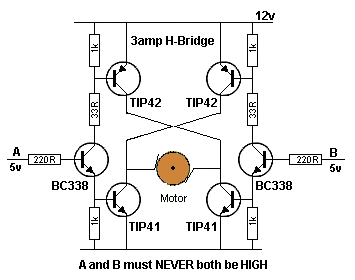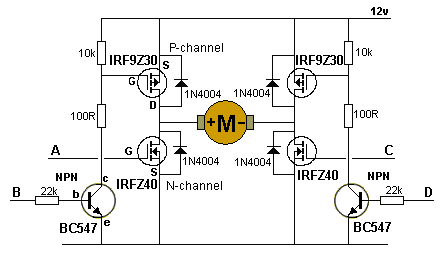halleffector
Member
Would this rectifier work for protecting (as a kickback diode) a RS-360SH motor from destroying the Arduino controlling it?
http://www.vishay.com/docs/88503/1n4001.pdf
The motor: http://www.robotstorehk.com/motors/doc/rs_360sh.pdf
http://www.vishay.com/docs/88503/1n4001.pdf
The motor: http://www.robotstorehk.com/motors/doc/rs_360sh.pdf



